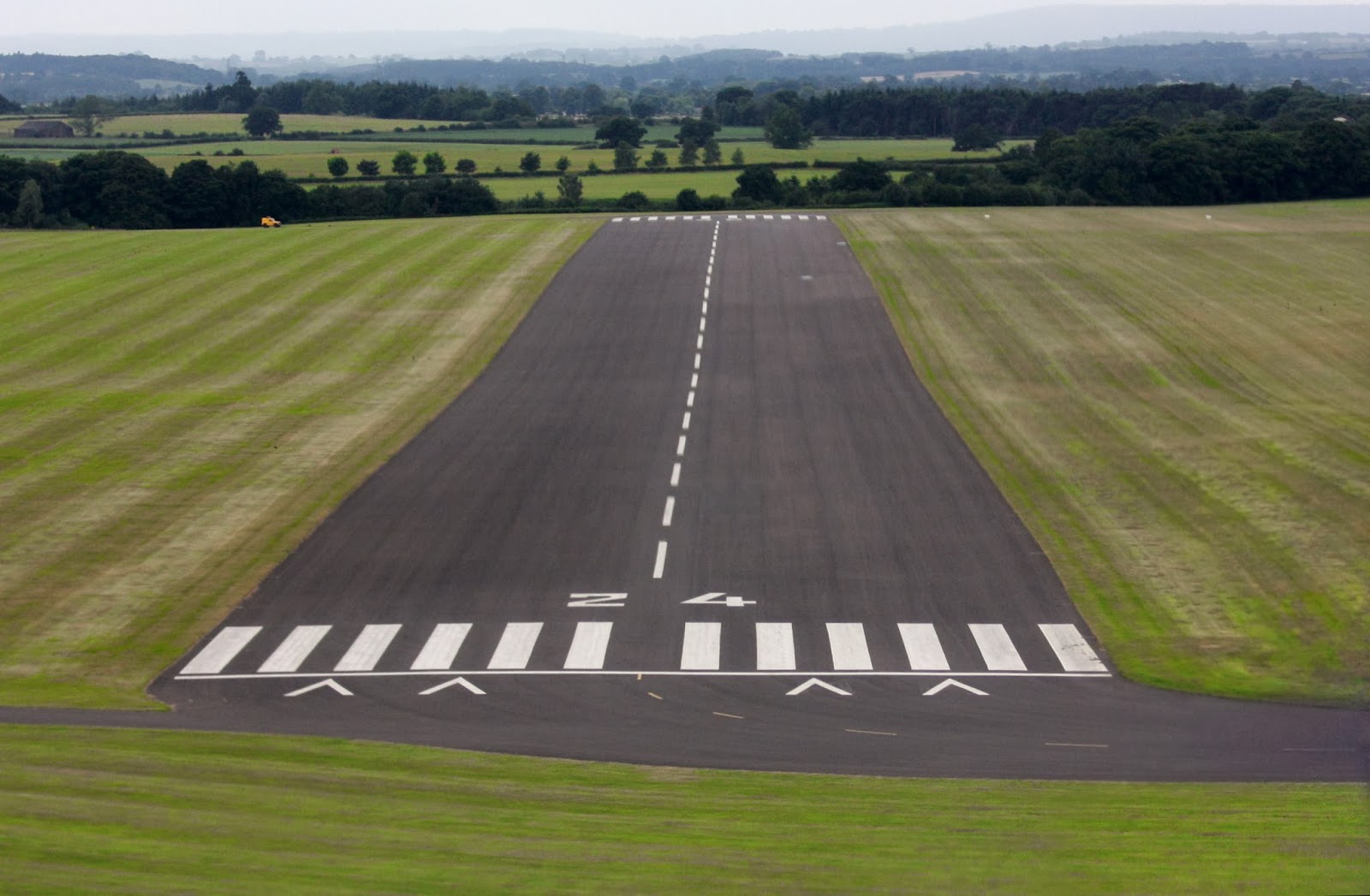Strip Landing: The Ultimate Guide To Understanding The Process And Its Importance
Strip landing is a crucial aspect of aviation that involves landing an aircraft on a specific area of the runway. This process is not only vital for the safety of the passengers and crew but also plays an essential role in the overall efficiency of air travel. In this article, we will explore the concept of strip landing, its significance, and the various factors that influence this process. Whether you are an aviation enthusiast or someone looking to understand the complexities of air travel better, this guide will provide you with comprehensive insights.
As we delve deeper into the topic, we will cover various aspects of strip landing, including its definition, the technicalities involved, and the challenges faced by pilots. Additionally, we will discuss the importance of training and simulation in ensuring safe strip landings. By the end of this article, you will have a thorough understanding of strip landing and its implications for the aviation industry.
So, whether you are curious about how pilots manage to land aircraft safely or want to learn more about the factors that affect strip landing, this article is for you. Let’s get started!
Table of Contents
- 1. What is Strip Landing?
- 2. Importance of Strip Landing
- 3. Factors Affecting Strip Landing
- 4. Challenges in Strip Landing
- 5. Training for Safe Strip Landing
- 6. Technology and Innovation in Strip Landing
- 7. Case Studies of Successful Strip Landings
- 8. Conclusion
1. What is Strip Landing?
Strip landing refers to the process of landing an aircraft on a designated strip of land, typically an airport runway. This procedure is critical in aviation, as it involves several technical considerations that pilots must manage effectively. Strip landing requires precise control over the aircraft’s speed, altitude, and trajectory to ensure a safe touchdown.
2. Importance of Strip Landing
The significance of strip landing cannot be overstated. It is essential for several reasons:
- Safety: The primary goal of any landing is to ensure the safety of passengers and crew. A successful strip landing minimizes the risk of accidents.
- Efficiency: Effective strip landings contribute to the smooth operation of air traffic, reducing delays and optimizing flight schedules.
- Regulatory Compliance: Airlines must adhere to strict regulations regarding landing procedures, and successful strip landings are a key part of that compliance.
3. Factors Affecting Strip Landing
Several factors can influence the success of a strip landing. Understanding these factors is crucial for pilots and flight planners alike.
3.1 Weather Conditions
Weather plays a significant role in strip landing operations. Factors such as wind speed, visibility, and precipitation can greatly affect the landing process:
- Wind: Crosswinds or strong headwinds can complicate landing maneuvers.
- Visibility: Poor visibility due to fog or heavy rain can hinder a pilot’s ability to see the runway.
3.2 Aircraft Weight and Configuration
The weight and configuration of the aircraft also influence strip landing. Heavier aircraft require longer landing distances, while specific configurations, such as flaps and landing gear settings, can affect landing performance.
4. Challenges in Strip Landing
Pilots face numerous challenges during strip landings, including:
- Environmental Factors: Changes in weather conditions can occur unexpectedly, requiring quick adjustments.
- Technical Malfunctions: Any failure in aircraft systems can complicate landing procedures.
- Human Factors: Pilot fatigue or distractions can impact decision-making during critical landing phases.
5. Training for Safe Strip Landing
To ensure safe strip landings, pilots undergo extensive training that includes:
- Simulator Training: Pilots practice landing scenarios in flight simulators to prepare for real-life situations.
- Flight Training: Hands-on training in various aircraft types helps pilots understand the nuances of different landing techniques.
6. Technology and Innovation in Strip Landing
Advancements in technology have significantly improved strip landing procedures. Innovations such as:
- Instrument Landing Systems (ILS): These systems guide pilots during low visibility conditions.
- Automatic Landing Systems: Automation helps in achieving precision during landings.
7. Case Studies of Successful Strip Landings
Examining case studies of successful strip landings can provide valuable insights into best practices. Notable instances include:
- Successful Emergency Landings: Analyzing how pilots navigated challenging conditions can offer lessons for future operations.
- Improved Techniques: Case studies reveal how pilots adapted techniques for specific aircraft types.
8. Conclusion
In conclusion, strip landing is a complex but essential process in aviation that requires expertise, training, and adherence to safety protocols. By understanding the factors that influence strip landings and the challenges pilots face, we can appreciate the skill and precision required for successful operations. We encourage readers to engage with this topic further by leaving comments or sharing this article with fellow aviation enthusiasts.
Thank you for reading! We hope to see you back for more insightful articles on aviation and related topics.
Understanding The Brown And White Dog: A Comprehensive Guide
Exploring The Map Of Ireland And Scotland: A Comprehensive Guide
Exploring The Queen Mary Ship Inside: A Journey Through History And Luxury

airport strip landing Stock Photo Alamy

Gayle Tales Landing strips, Deliveries and The Jetsons

Where's Marty? Learning the History of the Landing Strip in Middle